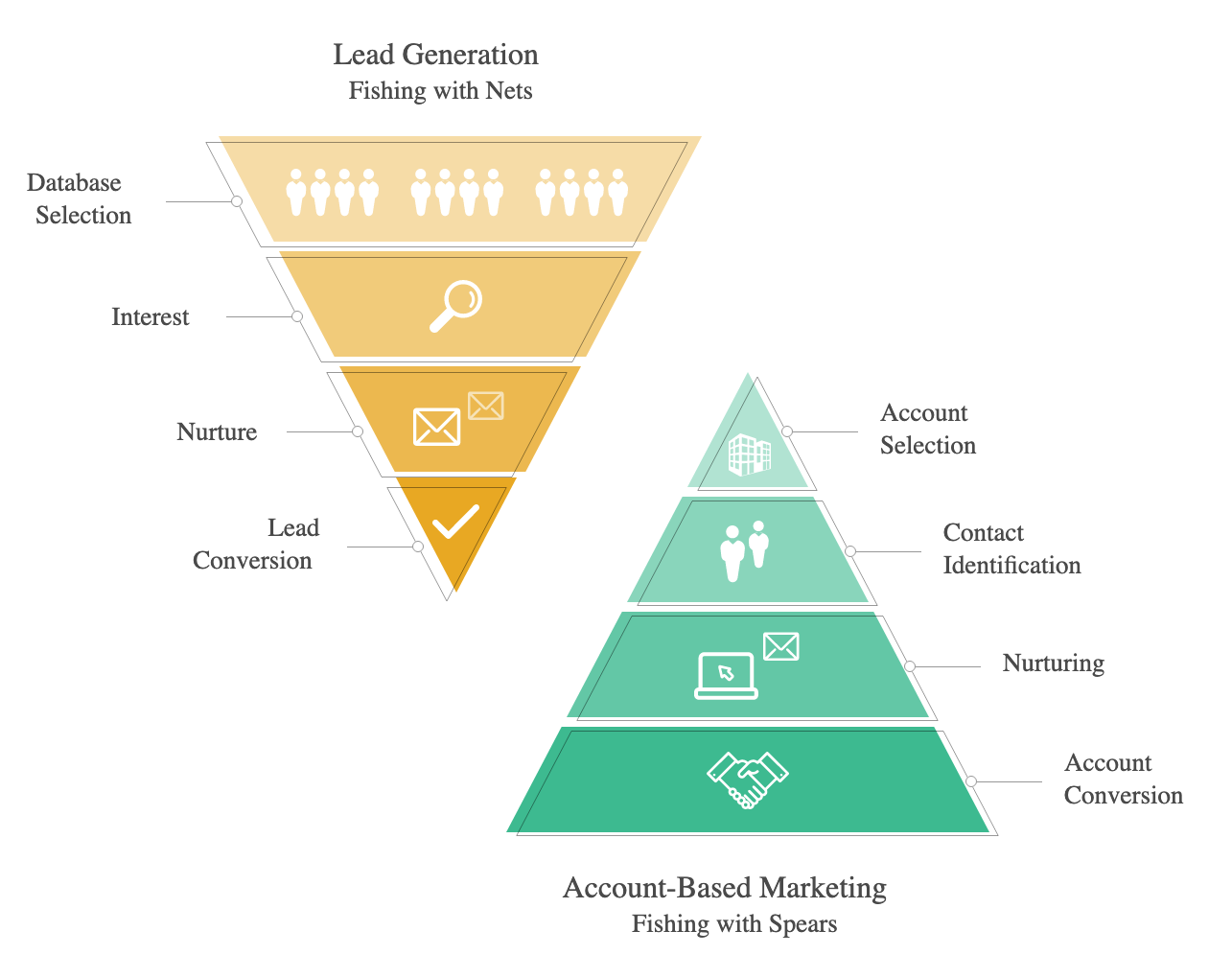While it’s great to have thousands of Twitter followers, those numbers don’t mean a lot if those followers don’t engage with your Tweets. It’s like getting something interesting to say, but not being able to get people to listen to you. And even though the platform has a huge potential to drive brand awareness and growth, you might not be able to make full use of it if you can’t drive Twitter engagement.
In this post, we ‘re helping you explore some of the best tactics to get the numbers together and reach your Twitter followers more effectively. Let’s dive straight in there.
What is Twitter engagement and why does it matter?
Twitter interaction applies to all the ways people connect with your brand and its site messages. So it contains not just likes, retweets and replies, but also brand names (tagged or not), follow-ups, embedded media and connections, just to name a few. In other words, this is an indication of how famous your brand is on the site.
At this point, you might have started to get a reasonable idea of why Twitter engagement is so critical. Yet let’s break it down and try to understand why you need to focus on your Twitter audience:
1. Massive audience base
Twitter’s biggest attraction is its huge fan base. At 330 million active monthly users registered in 2019, it is one of the largest social media networks and makes a major contribution to brand awareness and growth. And you can imagine how the amount of engagement you get on Twitter makes such a big difference to your company.
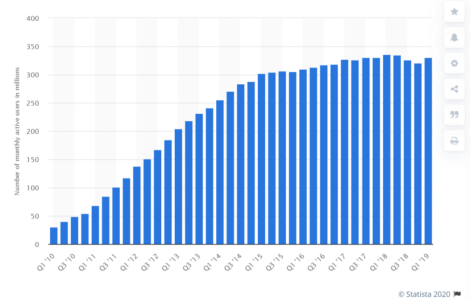
2. Builds exposure
Some likes and answers will appear in the follower feeds of a individual, as you can see in the example below. A user liked Steak-umm ‘s Post, and the same Post appeared in the list of her followers, indicating she liked it.

The best thing is that this publicity doesn’t just stop on Facebook. With people sometimes posting Tweets screenshots and discussions on other sites or making them into memes, you might theoretically extend your scope even further. In reality, an estimated 1.6 billion unique visitors see Tweets on third-party platforms every month.
3. Boosts brand-consumer connection
For less privacy constraints, Twitter allows brands to easily discover and respond to Tweets about them. This helps you to communicate directly with your clients and address any questions or problems as soon as possible.
And when you involve your audience this way, you ‘re going to strengthen your relationship with them. In fact, the Sprout Social # BrandsGetReal study found that loving or responding to a customer is the top social media behavior that can help brands connect with consumers.
4. Promotes openness
In line with the previous argument, there are also less constraints that foster accountability and accessibility between brands and customers. Since conversations with consumers via Tweets and replies are available to anyone else to see, a wide audience could be reached easily.
How to measure engagement on Twitter
So that you realize just how important Twitter engagement is, you ‘re probably curious about where your actual level of engagement is. Keep in mind that the overall efforts will not translate directly into Twitter interaction rates. You do need to find your next scale.
You might have hundreds of followers, but if only a small percentage of followers like or Retweet your Tweets, your interaction rate requires improvement. Besides likes, retweets and answers, you may also want to consider less typical actions such as branded hashtag use, follow-ups and linkbacks as engagement actions.
For so many variables to consider, it can be difficult to determine the average Twitter interaction rate manually. And the native Twitter analytics isn’t going to break it down for you either. So consider investing in a Twitter analytics tool to get a more accurate image of your participation and calculate certain success indicators on the site.
The Sprout Twitter Analytics and Reporting Tool lets you do exactly that. Your Twitter Reports dashboard will give you an in-depth look at your organic views, total contributions and connection clicks. This also lets you monitor other metrics, such as your net follower growth, in order to obtain a more detailed view of your Twitter success.
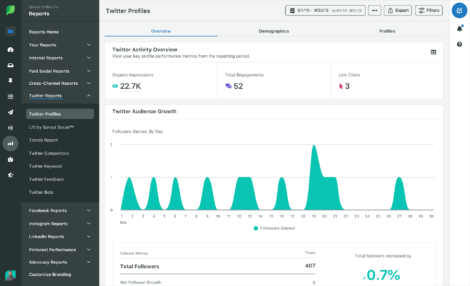
5 ways to boost Twitter engagement
When you start keeping a close eye on your Twitter engagement rate, you might find a big gap between your next size and your commitments. That’s probably because you haven’t started making an active effort to boost your Twitter engagement yet. So check out these five strategies to get the numbers up:
1. Catch your audience at the right time
At Sprout, we analyzed 20,000+ pieces of content from our consumers to see how engagement varies through timing. Based on our results , the best time to post Twitter is Wednesday or Friday at 9 a.m. Of course, this may differ on the basis of factors such as location and industry. So compare different timings to see what works best for your Tweets.
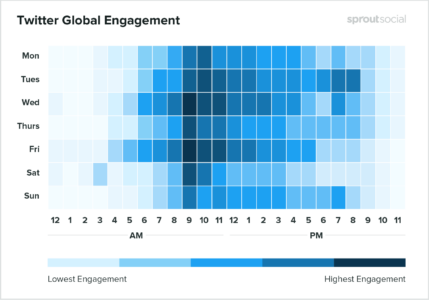
2. Make the most of visual elements
Any daily Twitter user knows how much picture or video sticks out on the website in all text tweets. On the smartphone, in particular, a Tweet with a visual feature takes at least half of the screen. So the more clear your Tweet is, the more likely it will be to reach your audience. In reality, if your Tweets have a GIF, those Tweets get 55% more commitment than those without it.
And it’s important that you use visual elements if you’re interested in improving your Twitter engagement. You may post original graphics to share useful details and updates, photographs of your staff, videos demonstrating how to use your product, tasteful memes related to your industry and more.Even if you have to share a link, make sure you include a thumbnail or attach a relevant picture.
For example , check out this Tweet from Evernote. The team could easily have just posted a text with a link to their productivity playlist. Alternatively, they included a picture of a cassette called “productivity jam.” Not only does this catch the eye immediately, it is highly important to the connection. Plus, this is compatible with the green and white color scheme of the company.
3. Interact with your customers’ Tweets
Scale up your Twitter engagement by constantly sharing yourself with your audience. Instead of endlessly tweeting and waiting for the likes to flood in, why don’t you send out the likes and the Retweets from your end as well? Based on the principle of reciprocity, engaging with others will make them feel more likely to engage with you.
Plus, as you communicate with or respond to Tweets from your customers, your interaction will become more apparent in the feeds of other users, as described earlier. This makes way for even more commitment to your brand. Here is an example of Chipotle reacting to someone who thanked the company for giving him some free chips and guac.
Go one step further with this and engage with posts that don’t directly @mention your brand. For example, check out how Feedly responds to a prospective user’s Tweet because someone mentioned the brand in the replies.
4. Jump in on a trending conversation
Twitter seems to see a new viral theme every other day. Your brand can capitalize on this by participating in trendy conversations and topics relevant to your industry or your company. This helps you gain exposure with people who have yet to follow you on Twitter, which then paves the way for further interaction.
For an simple way to discover new conversations to be part of, click on “Display more” in the “What’s going on” section on the right side of your phone.
This will bring up a long list of trending conversations personalized just for you, either by location or interest. But you can also look for trending topics in other industries as well.
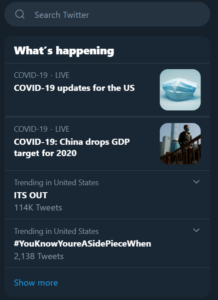
Go through these topics to see if there are any posts you may be able to enter a conversation with a comment or a Retweet. Or see if there’s a trending hashtag you could use.
5. Create polls on relevant topics
Drive up your Twitter engagement by creating engaging content like Twitter surveys. Polls encourage you to ask questions about specific topics and to choose between a variety of choices. And because people can vote with just a mouse, it’s an convenient way for them to get involved.
So try setting up Twitter polls on a daily basis if you want to see further interaction. You could ask them what they’re using your product for, for example. You might also ask them about their expectations when it comes to your material, such as what time you should publish, what kind of posts they want you to write. It doubles as a tool to fuel your social networking campaign.
Aiming for meaningful engagement
These are some of the simple tactics that can help you get your Twitter engagement going. But bear in mind that not all participation is a successful investment, so crisis management that need to be done. And, at its heart, whatever tactics and methods you apply will help you drive successful interaction.
Which other approaches have you used to boost your engagement with Twitter? Were you using some tools to get those numbers up? Let us know about that in the section. And don’t forget to sign up for our free social media toolkit to get an even more detailed guide to improving your engagement.

